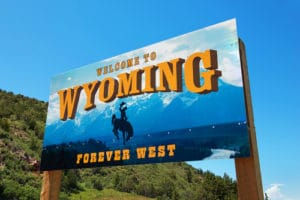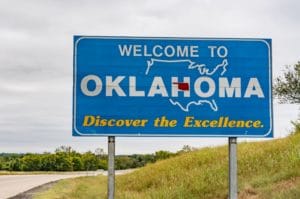In 2015, New Mexico was declared the second-worst in the United States for reckless drivers. The National Highway Traffic Safety Administration (NHTSA) found that the majority of drivers responsible for collisions were inexperienced or underage drivers. When you consider the high risk posed on the roads in New Mexico, you are probably questioning whether you are protecting your family enough when you are traveling in the car.
Are you up-to-date on the seat belt laws? What about the New Mexico car seat laws? If not, then have no fear! We are here to tell you all about the current booster seat requirements, car seat laws, and seat belt laws in New Mexico.
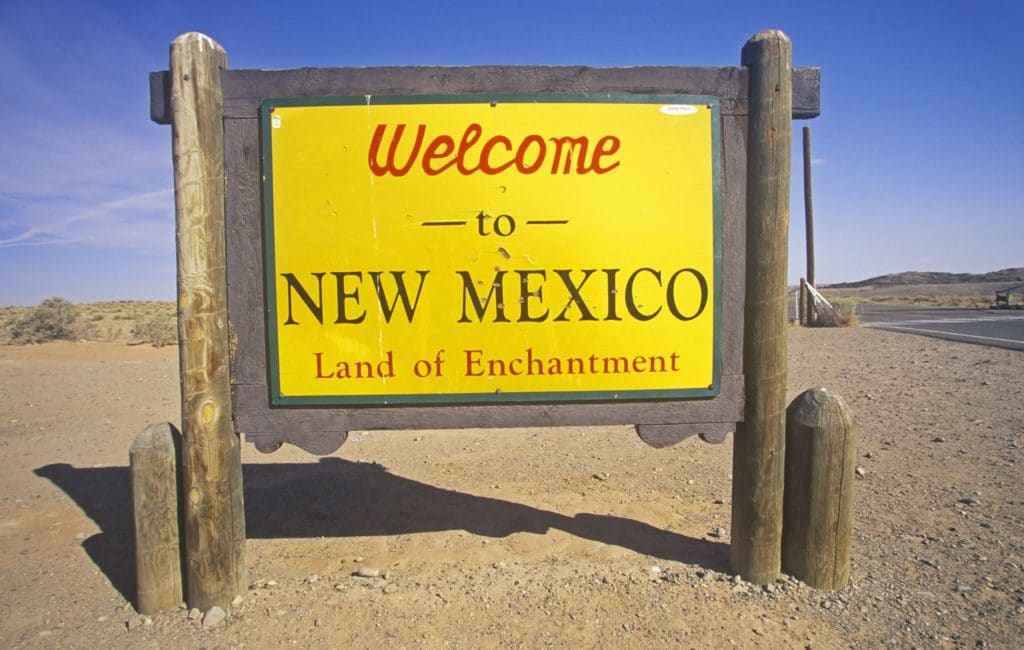
New Mexico Car Seat Laws
According to New Mexico car seat laws, all children seven years old and younger, regardless of weight, must ride in a child safety seat. Additionally, all children who weigh sixty pounds or less, regardless of age, must ride in a child safety seat. Children who are not adequately secured in vehicles can be seriously injured or killed during a crash or even at low speeds.
New Mexico Seat Belt Law
The New Mexico seat belt law also requires all passengers, at all times, in all positions, in both the front and back seats, to wear a seat belt.
If you want to check to see if your child can safely and comfortably sit without a booster seat, have them sit in the back on the vehicle seat and buckle the seat belt. The shoulder belt should stay against their shoulder and chest, the lap belt should touch their upper thighs while sitting snug below their hip bones, and their knees should bend naturally over the edge of the seat, keeping the lap belt in position.
If your child tries to sit in the vehicle seat and the shoulder belt sits across their neck, or the lap belt sits across their stomach, then they cannot safely or comfortably ride in the car without a booster seat yet. Your child should continue to ride with a booster seat to prevent injury.
Different Types of Car Seats
Knowing the laws for each type of car seat will help you make sure you’re abiding by them and keeping your children safe.
1. Rear-Facing Car Seats
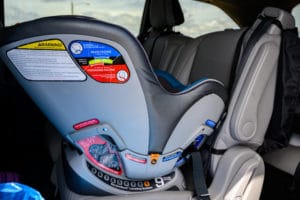
Rear-facing seats should only ever be used in the rear-facing position to ensure that your child’s neck, head, and back are supported in the event of a crash. New Mexico car seat laws require you to follow all manufacturer instructions, including age, weight, and height requirements.
All children should remain in rear-facing car seats until they weigh at least twenty pounds and are one year old, although it is safest and highly encouraged that all children stay in rear-facing car seats for as long as possible, or until they exceed the weight and height requirements of the car seat.
2. Convertible Car Seats
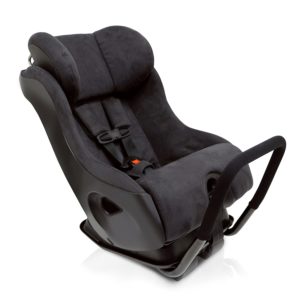
3. Front-Facing Car Seats

Children should ride in front-facing car seats with a harness until they reach the weight or height limit of the said car seat. Be sure to check the weight limit on your particular car seat as most can hold at least forty pounds, but some have a sixty-pound weight limit.
4. Booster Seats
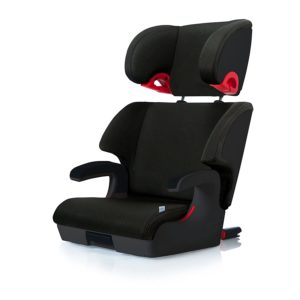
Seat belts usually do not fit older children correctly until they are around ten to twelve years old. For seat belts to adequately protect older children, they need to fall on the strong, bony parts of the child, not on their neck or the soft part of their stomach. The shoulder belt of a seat belt must never be placed under a child’s arm or behind their back.
Booster seats are designed to lift children off the seat and to help guide the seat belt to fit safely and comfortably across their collar bone and hips. Be sure to check the manufacturer’s instructions for the recommended minimum and maximum weight and height limits because they may vary between booster seats.
Possible Penalties
New Mexico has a primary child restraint enforcement law and a primary enforcement seat belt law. According to these laws, officers can stop vehicles for other reasons and issue child restraint or seat belt violations if children are not properly restrained, or the driver or any of the passengers are not wearing seat belts.
Extra Safety Tips
- Be sure to install your child’s car seat correctly and make sure they are secured the right way!
- The back middle seat is the safest spot for your child or baby to sit in the car.
- You should never place your child’s car seat in the front seat of a vehicle with a passenger-side airbag that cannot be turned off.
- Only children thirteen years old and up should sit in the front seat of any vehicle.
- Remember to make sure you put your infant’s car seat at an angle to prevent their head from flopping forward.
- Be extra careful with premature infants in car seats as slouching may affect their breathing and oxygen supply.
- As long as the straps of your infant’s car seat are appropriately positioned, it is okay if they fall asleep while you are driving. However, you should not put your baby down to sleep in their car seat, and it should only be used for traveling purposes.
- Never let your children unbuckle and get out of their seats while the vehicle is moving. If they need to get up, you should stop the car, attend to their needs, and then make sure they are appropriately secured back in their seats before moving again.
Conclusion
Now that you know the New Mexico car seat laws, you will be better prepared to protect your children while you are out on the road. When you are busy driving, the last thing you need to worry about is whether your child is safe or not should you end up in a crash or have to make an abrupt stop.
Plus, now that you have been reminded of the New Mexico seat belt law, you can be sure that you and your family will safely travel without having to worry about getting a ticket. Even the booster seat requirements in NM can be tricky to keep up with, but with this extensive list of information, your family will be safe and prepared for anything that may come your way when you are out on the roads of New Mexico. Remember, have fun and be safe!
